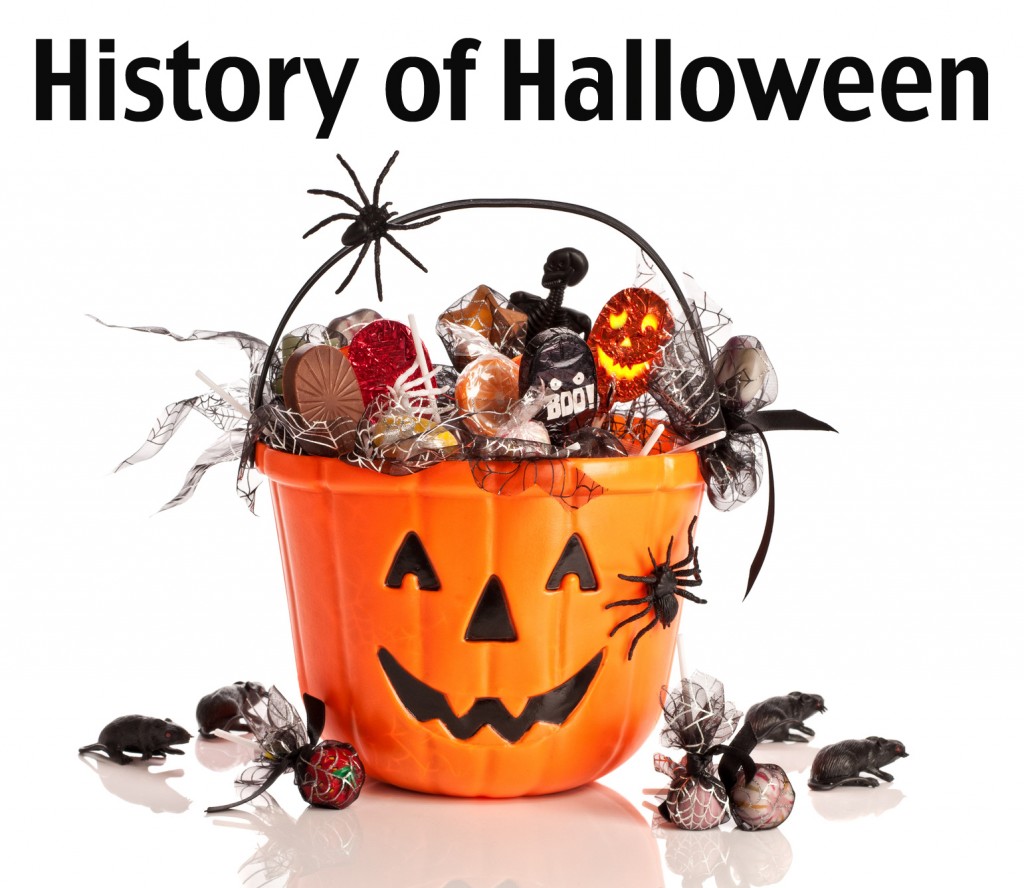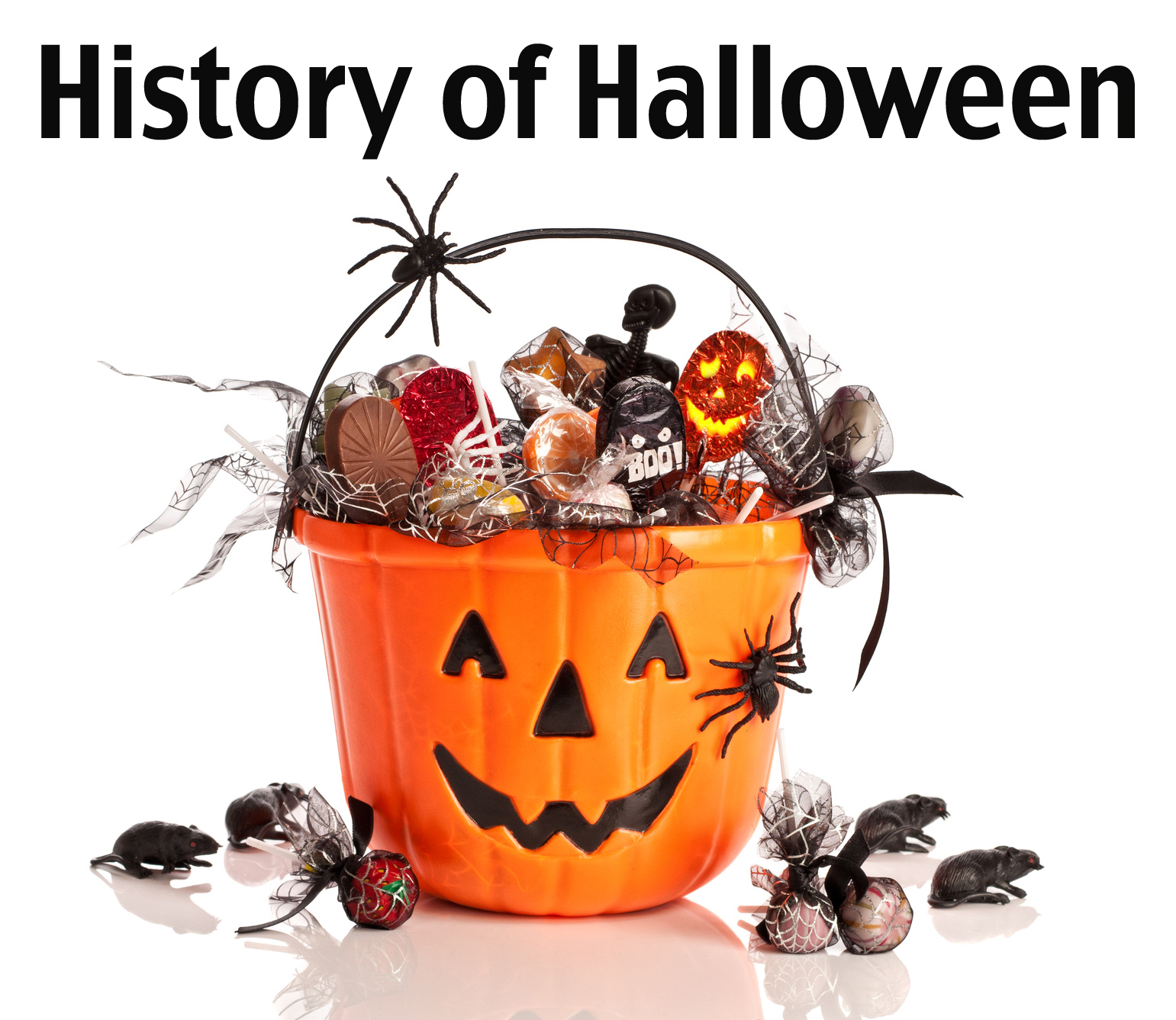Halloween is Uncle John’s favorite holiday. Why? It’s the one day of the year he looks “normal!” Here’s a quick history of Halloween.
ANCIENT ORIGIN
The ancient Celts in the British Isles celebrated their new year on November 1. Their New Year’s festival was called Samhain (pronounced sow-wen), which means “summer’s end.” Early Christians adopted the festival in the seventh century A.D., making November 1 a celebration of saints and martyrs—hence the name All Saints’ Day or All Hallows’ Day. (Hallow comes from an Old English word meaning “holy.”) The night before All Saints’ Day was known as All Hallows’ Even (evening)— which was shortened to “Hallowe’en.”
ANCIENT MYSTERY
What’s Halloween’s connection to ghosts and costumes? No one’s sure, but historians offer these three possibilites.
Theory #1: The Ghosts Are Hungry!
On All Hallows’ Eve, evil spirits roamed the Earth in wild celebration, ready to greet the arrival of “their season”— the cold dark winter. And just for fun, they liked to frighten mortals. One way for scared humans to escape the demons was to offer them food and sweets. Another way was to dress up like spirits and roam around with them…hopefully going unnoticed. “That is what the ancient Celts did,” explains Francis X. Weiser in The Handbook of Christian Feasts and Customs, “and it is in this very form that the custom has come to us.”
Theory #2: It’s Visiting Day!
The Druids, a Celtic priest class, believed that spirits freely roamed the Earth on the new year—November 1—when the veil between this world and “the other side” was at its thinnest. People dressed up as ghosts so they could better interact with real ghosts. They’d trick the evil spirits by offering up a feast and then leading them out of town.
Theory #3: Hey! Go Find Your Own Body!
On All Hallows’ Eve, everyone who died the previous year would rise up to select a human body to inhabit until the next All Hallows’ Eve, when they would finally pass into the afterlife. To fool these unwanted ghosts, people disguised themselves as demons and paraded loudly through the streets. The scarier and crazier they acted, the better…because what ghost in his right mind would want to inhabit the body of a crazy demon?
MODERN HALLOWEEN
Although historians debate its origins, they all agree that Halloween came to the United States in the mid to late 1840s. When Irish immigrants fled the potato famine to build a better life in America, they brought the October 31 celebrations with them. By then most of the beliefs in spirits roaming the Earth had gone away, but giving people an excuse to dress up and act silly—that’s timeless!
Originally published in Uncle John’s Electrifying Bathroom Reader for Kids Only!









